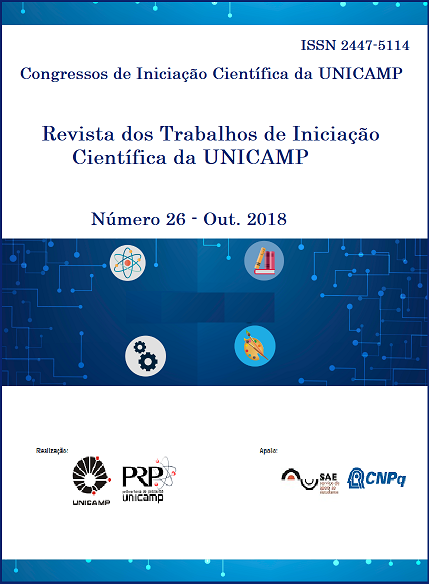Resumo
Much of the studies related to the hippocampus are aimed to elucidate the diseases which affect this structure, such as Mesial Temporal Lobe Epilepsy (MTLE) and Alzheimer’s disease (AD). However, to better understand the pathophysiology of these diseases, which are not fully elucidated, we must focus in other structures from the Hippocampal Formation, that can be involved with these mechanisms, such as the DG¹. The DG itself is also subdivided into dorsal and ventral in rodents and posterior and anterior in humans². Moreover, the neurodegenerative diseases, as others, are usually investigated using animal models, mainly rodents, due to its possibility of study the development of the diseases and not only its final stage³. However, despite its remarkable similarities with humans, it is necessary to evaluate the differences between the two species to validate the rodents as a suitable model for human pathologies. Therefore, here we present the comparative multi-OMICs analysis of the laser microdissected DG from rat and humans, intending to characterize and describe both species, validating the rat as a good animal model for human pathologies. We also present the comparative analysis of dorsal and ventral DG isolated from the rats.
Todos os trabalhos são de acesso livre, sendo que a detenção dos direitos concedidos aos trabalhos são de propriedade da Revista dos Trabalhos de Iniciação Científica da UNICAMP.
